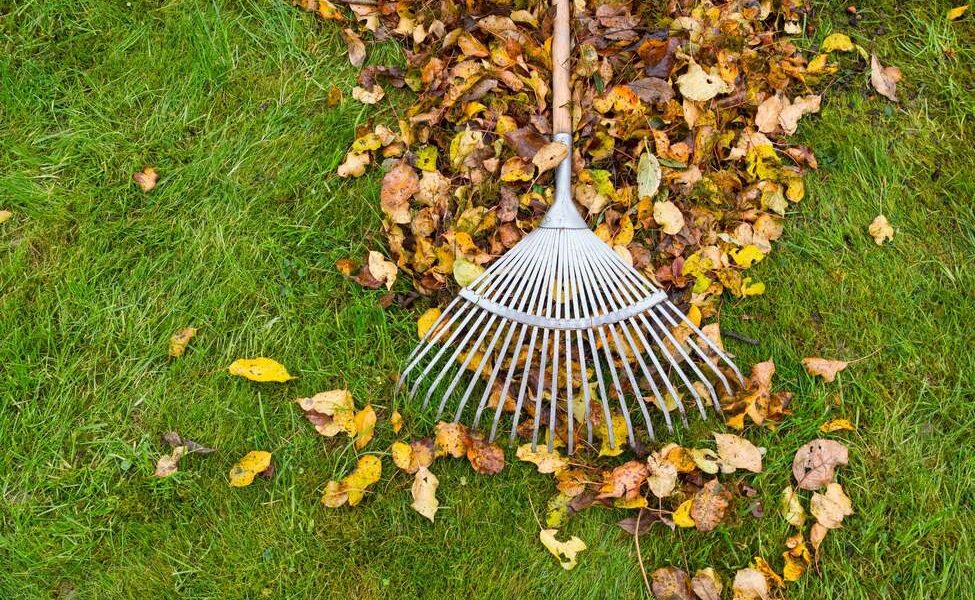You may have heard the term “defensible space” in relation to wildfire preparedness, but do you know what it means? Defensible space is a term for the area surrounding a structure that has been intentionally modified in order to help protect the structure from wildfire. It is extremely important to create a defensible space around businesses, jobsites, and homes in order to keep these structures safer in the event of an out-of-control fire.
How to Create a Defensible Space
If you are a business owner, jobsite operator, or homeowner, it is important to be aware of what you can do to create a protective defensible space around structures. A defensible space can be broken down into zones, with the closest zone being the most ember-resistant.
Zone 0: Ember Resistant
The ember resistant zone should be a perimeter that extends out five feet from a structure. This zone should not contain anything that could be ignited if an ember landed within it. Use hardscaping materials (such as gravel and pavers) within this zone to create an area that isn’t combustible. Don’t use materials that double as wildfire fuel, such as mulch. Remove all dead grasses and plant materials, replace wooden fences with non-combustible materials such as metal, and cut back any tree branches that brush up against the structure.
Zone 1: Lean, Clean, & Green
The lean, clean, and green zone is the area that extends from 5 feet out to 30 feet from any structures. In this zone, you should focus on clearing out as much fuel as possible and making sure that any vegetation is green and not dry. Remove all dead and dry vegetation, including fallen leaves and pine needles from the area. Keep trees and bushes trimmed, making sure that tree branches stay a minimum of ten feet away from other trees – this helps prevent fire from “laddering” from one tree to another. Limit the amount of combustible items you keep in this area, such as patio furniture, wooden benches, planters, etc.
Zone 2: Reduce Fuel
This zone extends from 30 feet to 100 feet from structures. In this zone, the focus is on reducing potential fuel as much as possible. Keep grass mown short, create space between trees and shrubs by being mindful of where you plant them and keeping them pruned, and regularly clear dead leaves, grasses, and pine needles. Effective fuel management within this zone is crucial to limiting the spread of wildfire.
Understanding defensible space is an important first step to protecting your business or home from the threat of wildfire. SPIEDR is committed to helping communities protect themselves, which is why we provide wildland fire consulting services, equipment rentals, and training.


